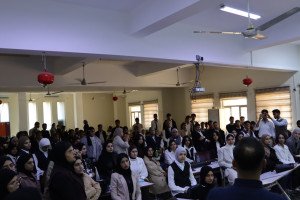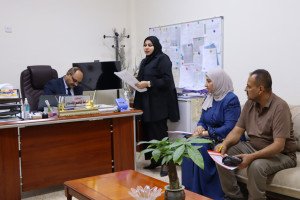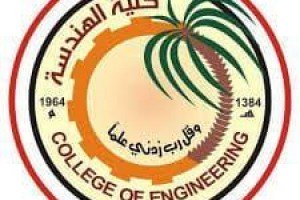
A master's thesis in the Civil Engineering Department of the College of Engineering at the University of Basrah examined the nonlinear analysis by the finite element method of high-resistance virus-reinforced concrete slabs for graduate student Alia Ali Hassan.
The thesis dealt with presenting a practical and theoretical study of the bending behavior of one-way reinforced concrete slabs, reinforced or re-repaired with vibrocement. The practical part of this research included the examination of twenty-two models of reinforced concrete slabs in the laboratory, in addition to a series of tests on the structural materials used. Fifteen of these concrete slabs The reinforced tiles were reinforced, four tiles were re-repaired using ferrocement, and three tiles were examined without any reinforcement and considered as a base model for the purpose of comparison with the reinforced or re-repaired models.
The main variables that were adopted in the practical side are the strength of samples of different depths, the thickness of the ferrocement, the number of layers of wire mesh, the compressive strength of the ferrocement, the type of bonding between the slab and the ferrocement layer and the presence of the cold joint between the slab and the ferrocement layer
The practical results obtained from the laboratory results showed that the process of reinforcing concrete slabs using ferrocement led to an increase in the maximum bending tolerance value of the slabs (U1timate loads) with an amount between (4.1 - 17.3%) compared to concrete slabs not reinforced using ferrocement. Also, the increase in First Cracking Loads ranged between (2-34%), in addition to the fact that the ferrocement-reinforced concrete slabs are less susceptible to deflection compared to their counterparts of unreinforced concrete slabs, where the decrease in the value of the largest deviation is between 5 ,1 -20.9%








